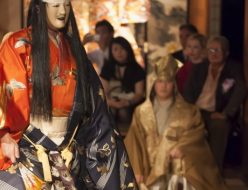Kyoto Experience, Kyoto Zen Buddhist Temple stays
Daijin Temple

関連商品
-

Kyoto Zen Buddhist Temple stays
The Nippon Foundation, in collaboration with five private temples and sub-temples, offers a program this year that allows Japanese and foreign guests to enjoy exclusive, upscale stays at Zen Buddhist properties throughout Kyoto.
-

Kaihouji Temple
A private Zen temple (not open to the public) where the monk will offer guests Chinesestyle vegetarian cuisine.Visitors will be able to experience the real Zen by placing themselves in a life of Zen Buddhist monk.
-

Experience harvesting bamboo shoots and enjoy cooking and tasting.
-

Youmeiin Temple
A private Zen temple (not open to the public) which is located in the designated UNESCO World Heritage, Tenryuji temple. Visitors will be able to experience the real Zen by placing themselves in a life of Zen Buddhist monk.
-

Historical Temples – Special admission
We have produced plans unlike any other, in the heartland of Japan’s world renowned traditional culture. There are many beautiful gardens and cultural assets like temples that are not open to the public.
-

Cultural experience
We have produced a plan unlike any other, in the heartland of Japan’s world renowned traditional culture. Please let us know your requests.








